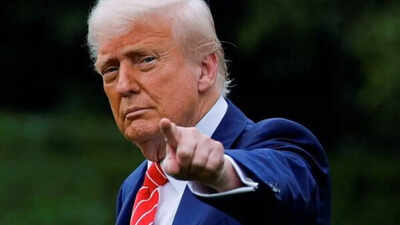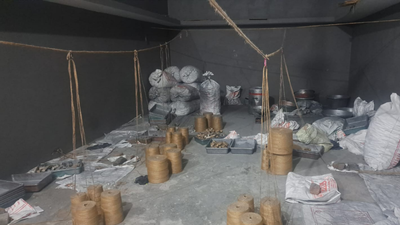Donald Trump’s Travel Ban: What’s the difference between a ban and restrictions? |

In a move that has left the world in utter shock, US President Donald Trump has signed a ban on travel to the US from 12 countries, including Afghanistan, Haiti, and Iran, in a bid to “protect Americans from dangerous foreign actors.” Starting on Monday, 9 June, citizens from 12 countries are set to be banned from travelling to the US: Afghanistan, Myanmar, Chad, the Republic of the Congo, Equatorial Guinea, Eritrea, Haiti, Iran, Libya, Somalia, Sudan, and Yemen.In a video message, Trump cited the recent attack in Colorado as an example of foreign nationals entering the US without being “properly vetted”. Although the alleged attacker was an Egyptian national, quite notably, Egypt has been left out of the ban.Another seven countries have come under a partial ban: Burundi, Cuba, Laos, Sierra Leone, Togo, Turkmenistan, and Venezuela.For the unversed, the proclamation echoes an order from Trump’s first term in 2017, when he announced a ban on travel from seven Muslim-majority countries from entering the US, and simultaneously fulfils a promise Trump made during his 2024 election campaign.
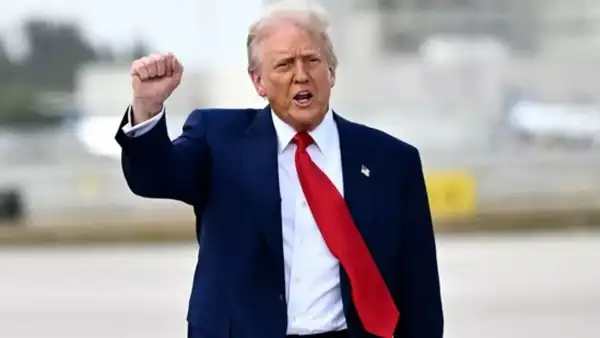
However, there are some exemptions, including athletes travelling for major sporting events, some Afghan nationals, dual nationals with citizenship in unaffected countries, and immigrants who are “ethnic and religious minorities facing persecution in Iran.”But how exactly is a ‘travel ban’ different from ‘travel restrictions’?
What is a travel ban?
A travel ban is an official prohibition on the entry of individuals from specific countries or regions into a nation. In the case of Trump’s 2025 policy, the US government announced a full ban on nationals from 12 countries, including Afghanistan, Iran, Libya, and Somalia. This means that citizens from these nations are categorically denied entry into the United States, regardless of the purpose of their visit or their individual circumstances.
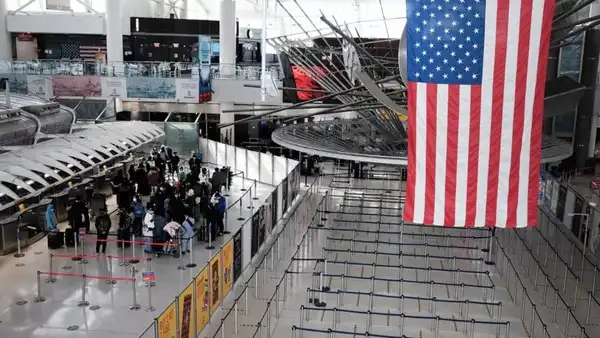
The rationale behind such a ban typically centers on national security concerns, such as high visa overstay rates, inadequate vetting processes, or the potential for individuals from these countries to pose security threats. The administration cited these reasons when implementing the 2025 ban, emphasizing the need to protect US interests and prevent potential risks associated with travelers from these nations.
What are travel restrictions?
In contrast, travel restrictions are more nuanced and often involve limitations on specific types of travel or certain categories of travelers, rather than an outright ban. For instance, while a country may not impose a complete ban on nationals from another nation, it might restrict certain visa categories or impose additional vetting requirements.
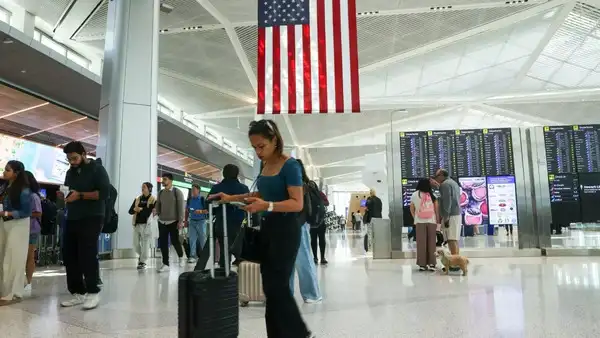
Under Trump’s 2025 policy, nationals from seven countries—such as Cuba, Laos, and Venezuela—are subject to partial restrictions. These restrictions may include limitations on specific visa types, increased scrutiny during the application process, or additional documentation requirements. Unlike a full ban, these measures allow for the possibility of entry under certain conditions, provided the traveler meets the specified criteria. See More: Travel ban: 12 nations fully banned, 7 partially blocked; internet erupts over Donald Trump’s travel crackdown
Key differences between a ban and restrictions:
While a travel ban is a complete prohibition of entry, travel restrictions deal with limited limitations on specific categories. A travel ban is implemented based on the rationale of national security concerns, whereas travel restrictions are due to specific risks or policy objectives.In the case of Trump’s directive, while 12 countries have been ‘banned’ from traveling to the US, 7 countries have received travel restrictions regarding US travel.
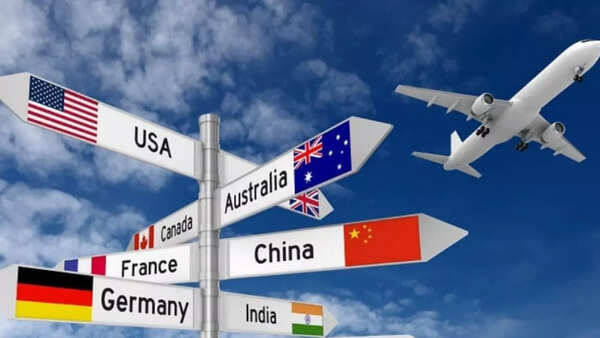
Is this ban going to affect the US?
The implementation of travel bans and restrictions carries significant policy implications. Bans can strain diplomatic relations, particularly with countries whose nationals are affected. They may also impact international collaborations, trade, and tourism.As debates continue over the effectiveness and fairness of such policies, it remains essential to consider their legal, diplomatic, and humanitarian implications.
